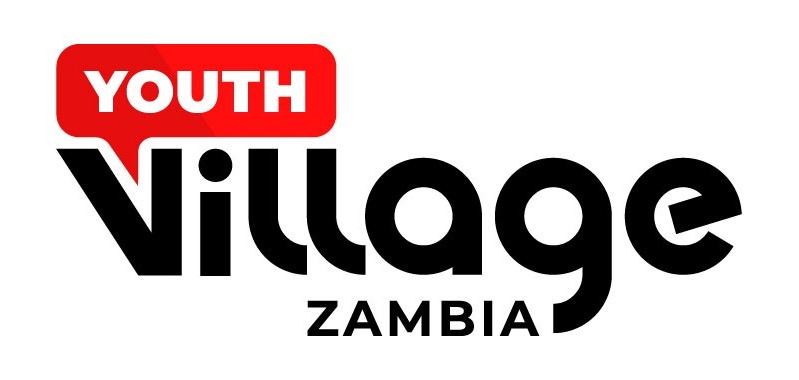Zambia, like many countries in sub-Saharan Africa, faces significant healthcare challenges that impact the overall health and well-being of its population. Despite efforts to improve healthcare access and quality, several persistent issues hinder progress. Here are the top five healthcare challenges facing Zambia today:
1. Infectious Diseases
Infectious diseases, particularly HIV/AIDS, malaria, and tuberculosis (TB), remain a major public health concern in Zambia. The country has one of the highest HIV prevalence rates in the world, affecting a substantial portion of the population. While progress has been made in antiretroviral therapy coverage, stigma and inadequate healthcare infrastructure impede treatment access and adherence. Malaria continues to burden communities, particularly in rural areas, exacerbated by seasonal floods and inadequate prevention measures.
2. Maternal and Child Health
Zambia struggles with high maternal and child mortality rates, reflecting systemic issues within the healthcare system. Access to quality prenatal and postnatal care remains limited, especially in rural regions. Many women give birth at home without skilled assistance, increasing the risk of complications. Furthermore, the prevalence of undernutrition and limited access to essential health services contribute to child mortality, with many children facing preventable diseases.
3. Healthcare Infrastructure and Workforce Shortages
Zambia’s healthcare infrastructure is inadequate to meet the needs of its population. Many health facilities are under-resourced, lacking essential medical supplies and equipment. Additionally, there is a severe shortage of healthcare workers, including doctors, nurses, and specialists. The existing workforce is often overstretched and unable to provide adequate care, leading to long wait times and diminished quality of services.
4. Non-Communicable Diseases (NCDs)
The rise of non-communicable diseases such as diabetes, hypertension, and cancer presents a growing challenge for Zambia’s healthcare system. Urbanization, lifestyle changes, and unhealthy dietary habits have contributed to an increase in NCDs, which often go unaddressed due to a lack of awareness, screening programs, and treatment options. This shift in disease burden complicates an already strained healthcare system focused primarily on infectious diseases.
5. Healthcare Financing and Access
Limited healthcare financing is a critical challenge in Zambia. The country’s healthcare budget is often insufficient to cover the needs of its population, leading to out-of-pocket expenses that many cannot afford. Economic challenges, exacerbated by the COVID-19 pandemic, have further strained public health resources. Additionally, access to healthcare services is uneven, with rural communities facing significant barriers, including transportation issues and inadequate health facilities.
Addressing these healthcare challenges in Zambia requires a multifaceted approach that includes increased investment in healthcare infrastructure, improved access to services, and a focus on preventive care. Collaboration between the government, non-governmental organizations, and international partners will be crucial in developing sustainable solutions to improve the health outcomes of the Zambian population. By tackling these issues, Zambia can work towards a healthier future for all its citizens.






